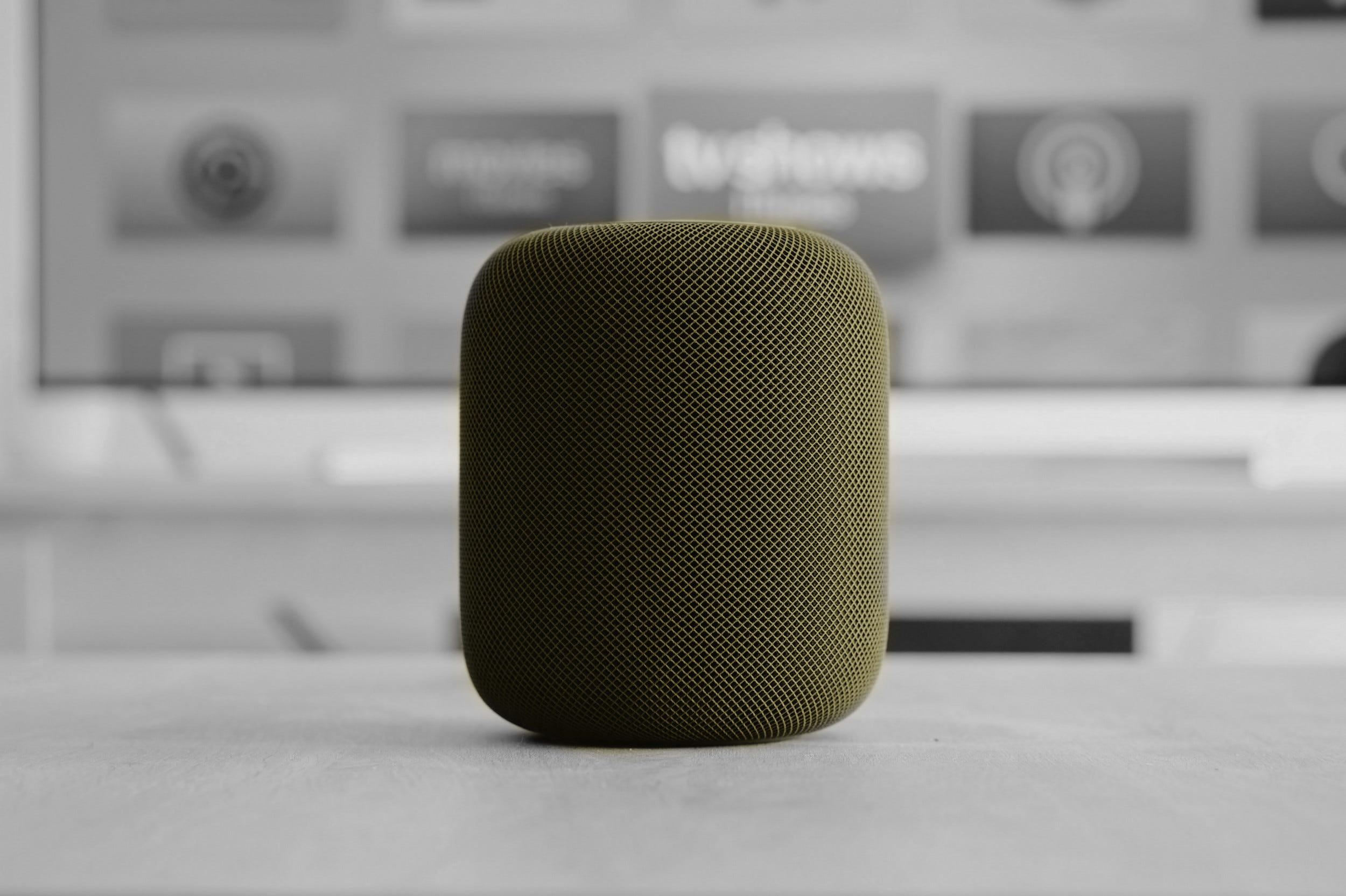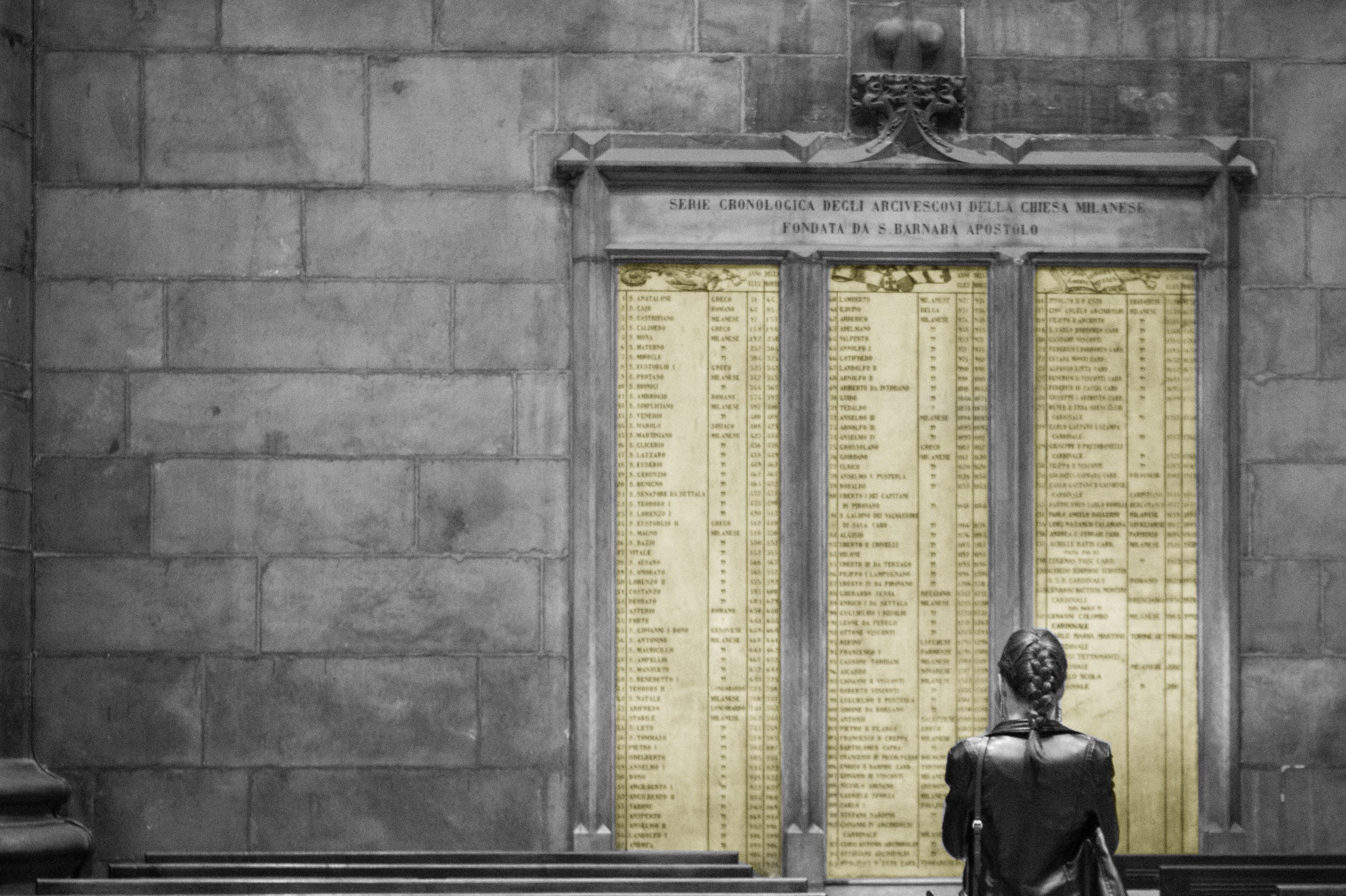Nowadays, building a machine learning app isn’t considered nearly as difficult as it used to be. We have numerous cloud providers offering services that enable us to use their ML service to train and deploy models to a variety of environments and devices.
In this tutorial, we’re going to use TensorFlow.js to classify an apple as rotten or fresh using a fruit image dataset from Kaggle. We’re going to train our model using Microsoft Custom Vision from the Azure software family. Lastly, we’ll implement a simple Node.js application in order to handle the classification task directly on the browser.
Continue reading Image Classification Made Easy in the Browser with TensorFlow.js








